Destination KSA - Your Guide to Saudi


Mohammed Mirza is a history junkie, food fanatic and a travel buff. The word he likes to hear most is ‘viral’ and considers himself to be a digital media ‘guru’. He also has a new found love for books.
The coming new year will mark the implementation of , vat ksa major financial implementation in Saudi Arabia. While the move is in line with IMF’s recommendation for Gulf countries to impose value-added taxes, there are many things about it that the masses are not fully aware of. vat exempt items in saudi arabia We […]
By Mohammed Mirza
Saudi Arabia is a vast country made up of 13 large provinces (or regions as some call it), all distinct to each other in several aspects including climate, topology, culture and cuisine. saudi traditional food Saudi food, Many of the tribes living in these provinces were living in relative isolation since ancient times, and overtime, […]
By Mohammed Mirza
eastern forest photo, Defying the desert. saudi forest Around five years ago I remember visiting the area when it was a dumping ground for the city’s sewage and was called Musk Lake for reasons that I can’t comprehend. I did find it pretty lush though back then, with various types of desert plants growing around […]
By Mohammed Mirza
largest women’s university in the world , The setting up of the Princess Nora bint Abdulrahman University (PNU) has proven to the world the importance that the Kingdom gives towards female education. Princess Nora University Princess Nora University it is a world’s largest women’s university has its roots going back till almost 40 years ago […]
By Mohammed Mirza
There are some lesser-trodden highways in the Kingdom your inner roadie will be desperate to venture onto by the end of this article. So get your car serviced and head on to one of these highways for a ride that you could convincingly call ‘the ride of your life’. saudi arabia highways Dammam – Hofuf […]
By Mohammed Mirza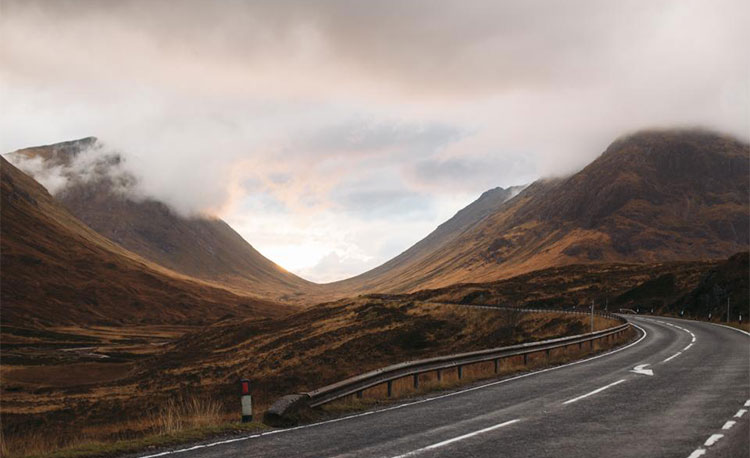
al saif beach , Treat the sea and sand lover in you. As dusk strikes, the sun shines dimly, its weak rays reflect in the vast sea. The beach boasts of a sunset experience like no other near Jeddah, where neither boat nor watercraft obstructs the horizon. It’s just the sand and sea in front […]
By Mohammed Mirza
Defining and redefining contemporary Islamic architecture. عبد الواحد الوكيل abdel wahed el wakil is afamous islamic architects has designed over fifteen mosques in Saudi Arabia, including the Quba Mosque, the Qiblatain Mosque and the King Saud Mosque. He is one of the rare distinguished present-time architects that the Islamic World has produced. This is his […]
By Mohammed Mirza
map 2000 years ago , The remains and legacy of many Arabian civilizations continue to baffle onlookers, be them of the Thamuds or the Dilmuns; Arabia has seen many homegrown superpowers of their time, and likewise Arabia has been ruled many a times by powers that were not from Arabia but were rather outsiders. From […]
By Mohammed Mirza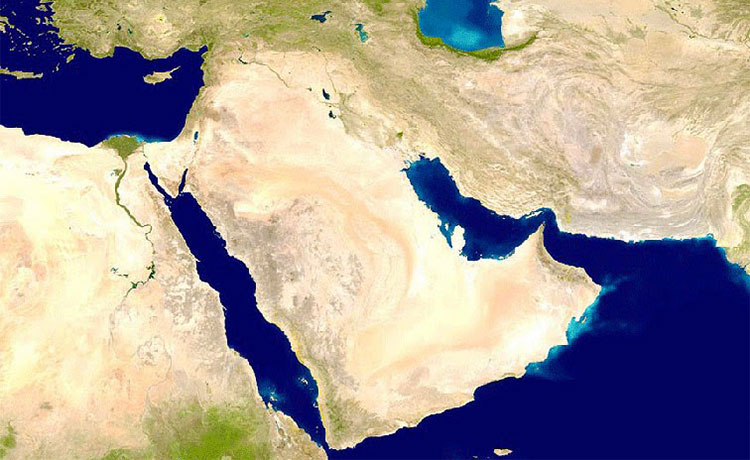
Road trip day trips from jeddah , There’s no better way to discover Saudi Arabia than by criss-crossing the country via its numerous highways. Saudi Arabia possesses a variety of road trip-suitable routes, from straight shots across deserts to snaking switchbacks through the mountains. Road Trip day trips from jeddah There’s a road out there […]
By Mohammed Mirza
While we have no shortage of international brands in Saudi Arabia, there have been a few Saudi brands that have successfully gone international. Saudi Brands The trend seems to continue and many more local Saudi brands are likely to go international. Here are some brands that are making the country proud. Zamil Air Conditioners read […]
By Mohammed Mirza
Saudi Arabia shares its land borders with Jordan, Iraq, Kuwait, Qatar, Yemen, Oman, UAE and to an extent with Bahrain (thanks to the causeway), virtually interconnecting the entire Arabian Peninsula. Have you ever wondered what the border crossings look like? (pulpjuiceandsmoothie.com) saudi border Though not all of these border crossings are flashy, sometimes they are […]
By Mohammed Mirza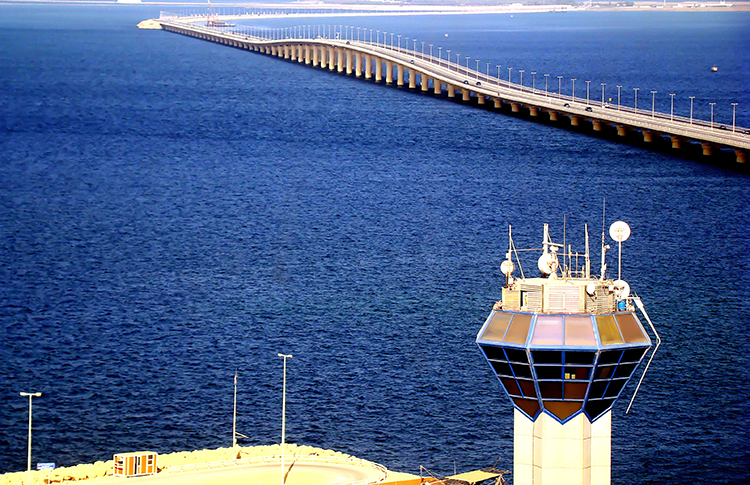
History aficionados – get your bags packing. Saudi Arabia’s Oldest Cities 1. Taif The city’s rich history is often overshadowed by its breathtaking landscapes and ‘un-deserty’ weather. Alongside Makkah, Taif was a major pilgrimage center in the pre-Islamic era. The entire city used to be walled and at that time just like today, Taif was […]
By Mohammed Mirza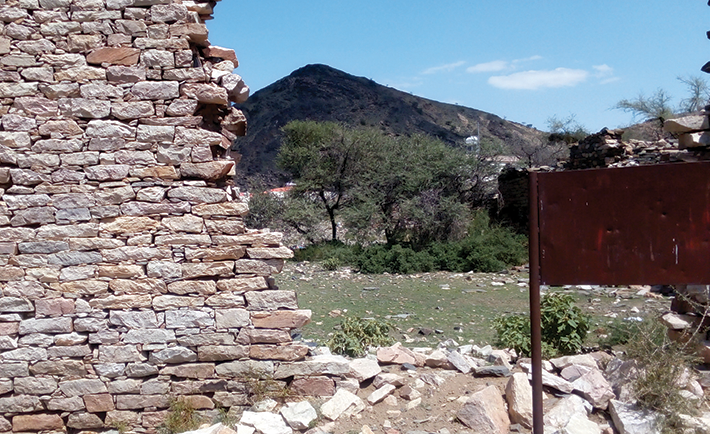
Shoaiba beach, a must-visit. Shipwreck shoaiba beach jeddah Take in amazing views of the sunset at an earthen yellow sand beach with a mesmerizing shipwreck jeddah right off the coast overlooking you. A popular field trip location amongst some embassy run schools, this long stretch of perfectly swimmable beach is a must visit for beach […]
By Mohammed Mirza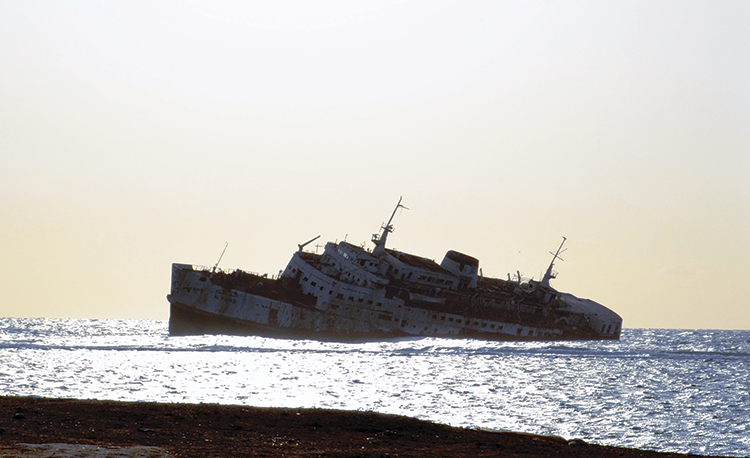
history of hejaz , Hejaz has been on the crossroads of Arabia, Asia and Africa since antiquity. It has played some significant roles throughout its millennia old history. Hejaz is currently the most populated region in The Kingdom and the most urbanized one as well. Close to 35% of all Saudi nationals live in Al […]
By Mohammed Mirza
With the summer season here, what better way to engage in classic summer fun than to visit an amusement park? The new rides that are introduced in these theme parks, mainly during this season, are already setting hearts aflutter. Here are the top 10 amusement park in saudi arabia today. amusement park in saudi arabia […]
By Mohammed Mirza
Following the stream leading to the water. al lith hot springs While many blatantly defy the chances of there being natural springs in KSA, much to their astonishment there are several of them dotted all over the country. In fact, some local water companies boast of their water being sourced from natural springs. The specialty […]
By Mohammed Mirza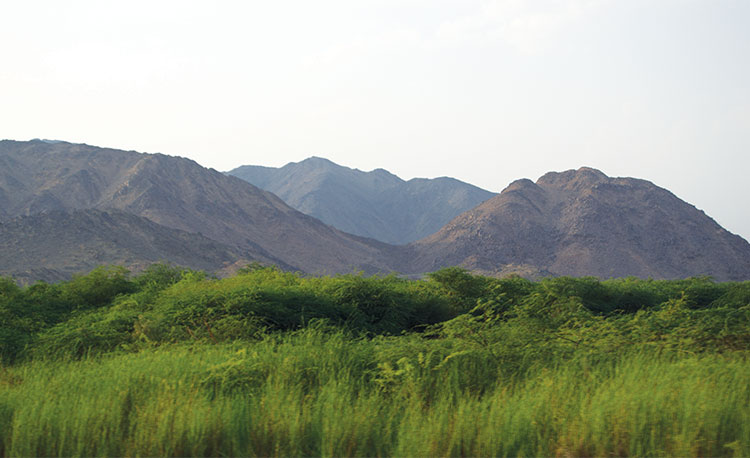
Once a 14-year-old boy from Kerala trading coconuts to pay for his school books to becoming a construction mogul, the story of Dr. Ravi Pillai richest indian in saudi arabia is nothing short of extraordinary. richest indian in saudi arabia While Dubai is the base from where many self-made Indian billionaires started, it is a […]
By Mohammed Mirza
Motor Vehicle Periodic Inspection (MVPI), locally known as fahas, is an annual requirement that certifies your car to be safe for driving in the country. Most people, however, get the certification done only prior to getting their vehicle registration renewed, which occurs once every three years. The procedure is actually not that hard and can […]
By Mohammed Mirza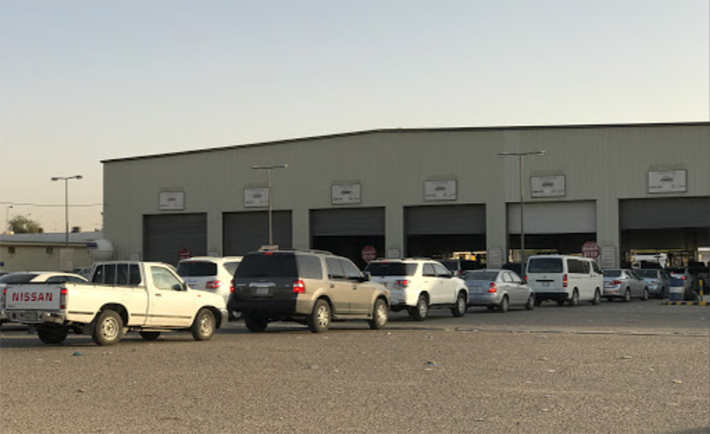
The development of commercial advertising in the late 19th and early 20th century has seen the slogan come to the forefront. slogan in arabic Being used left, right and center, from state-owned companies to foreign multinationals selling almost every possible thing under the sun. Our very own homegrown Saudi brands, have not stayed behind and […]
By Mohammed Mirza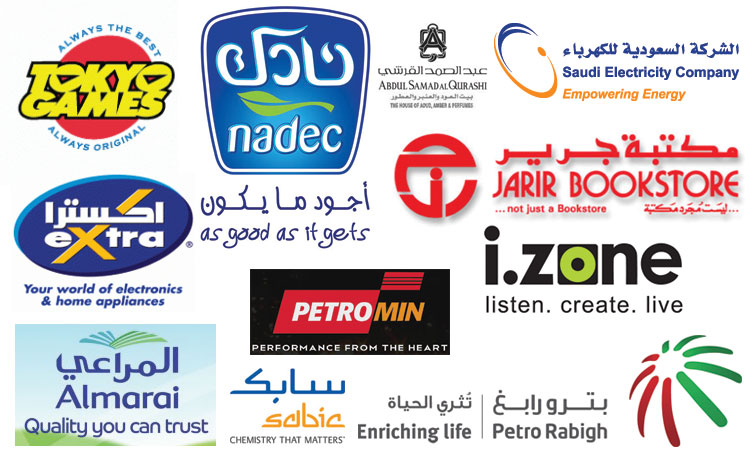
With Saudi Arabia having some of the highest number of social media users it is not a surprise that many Saudis have followers running into the millions saudi followers. Some of them even have huge followings on Twitter across the Arab World and are not just limited to Saudi Arabia. Most Followed Saudi Twitter […]
By Mohammed Mirza
Saudi Arabia has one of the largest internet-using populations in the region. While it may be obvious that international giants like Google and Facebook top the list for the most popular Saudi arabia Websites in the country, but what we wanted to know is which ‘Saudi’ websites are the most popular. We turned to web […]
By Mohammed Mirza
pokemon go saudi arabia, Most of us have heard of the Pokémon GO game that has become a phenomenon in many places across the globe, but unfortunately, they haven’t made the game available in Saudi Arabia as of yet – officially that is. So if you are one of those who can’t wait for the […]
By Mohammed Mirza
Fasting is one of the pillars of Islam, and iftar and suhoor are vital junctions of it. When it comes to etiquettes of an ideal Muslim, we have the best example in the Prophet Muhammad (peace be upon him). Similarly, when it comes to the etiquettes of iftar and suhoor, we can learn much from […]
By Mohammed Mirza
While loyalty Panda membership cards and membership programs/cards have been extremely successful in the West, countries in the Middle East are catching up to the trend fast. Saudi Arabia too has seen a slew of memberships being offered by companies. In Saudi Arabia the most successful amongst these loyalty Panda membership cards or membership programs have […]
By Mohammed Mirza
The history of Oyoun As Seeh and Oyoun An Najm. The Mysterious Wells of Al Kharj Deep in the agricultural city of Al Kharj that sits less than an hour drive from Riyadh, lie two huge natural wells that some believe to have formed due to a meteor shower. Located less than a kilometer apart, […]
By Mohammed Mirza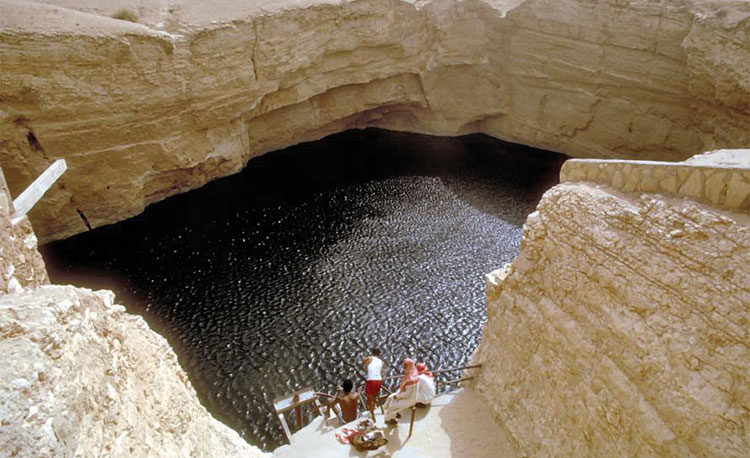
While it is still unclear on how the tests for women will be, Tips to pass driving test in saudi arabia are some general rules to keep in mind while attempting the Saudi driving test. The Process To begin the process of obtaining the much coveted Saudi driving license you start by giving an eye […]
By Mohammed Mirza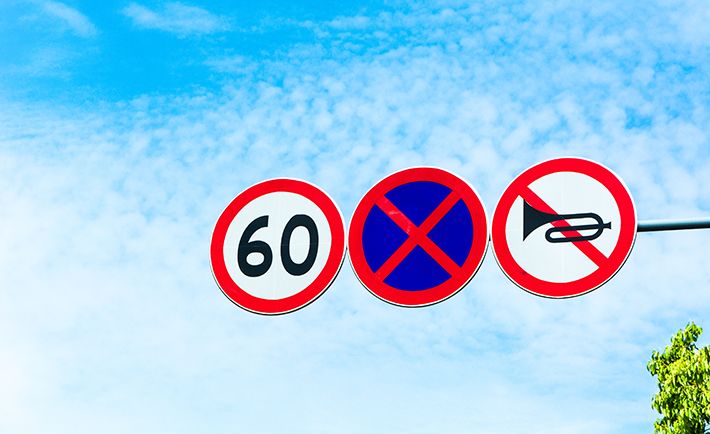
By Mohammed Mirza Saudi Arabia has already seen some of its indigenous animals poached to extinction in the past including the prized Arabian and Saudi Gazelles. The latter in fact was declared extinct fairly recently in 2008. The animals in this list are taken from the International Union for Conservation of Nature (IUCN), for mammals that […]
By Mohammed Mirza
There are Top restaurant chains in Saudi Arabia we want to see going internatioanl. they’ve satiated our taste buds for years and it’s about time that they start expanding beyond the Kingdom’s borders and give a taste to the world of what our own versions of pizzas, burgers and other fast foods taste like. The […]
By Mohammed Mirza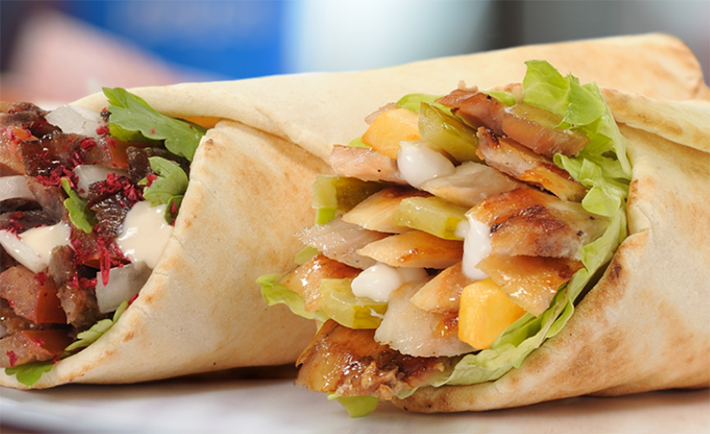
There was a time when most of the Arabian Peninsula was a verdant green carpet that had several rivers and abundant with wildlife. But due to a climate shift that is believed to have occurred 5000 years ago, much of the Arabian Peninsula along with the Sahara has become a harsh and barren desert, so […]
By Mohammed Mirza
Despite being the spiritual heart of Muslims around the world, there are many facts about Mecca that many do not know – until now. 14 Facts about Mecca 1. Makkah is one of the oldest continually inhabited cities in the world. The Zamzam well alone is believed to be around 4,000 years old. 2. The […]
By Mohammed Mirza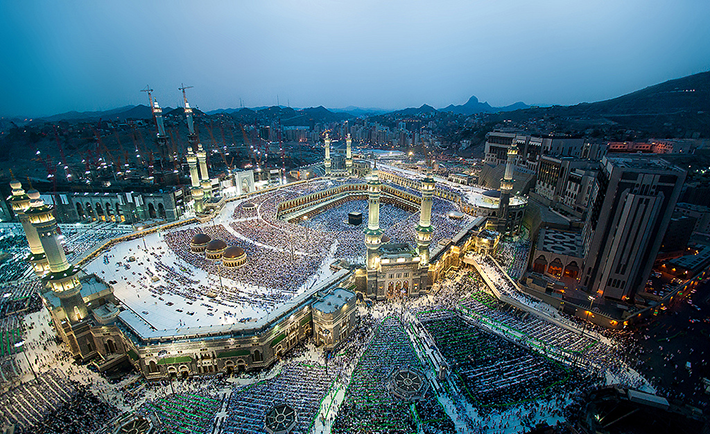
By Mohammed Mirza Standing right next to Islam’s holiest site, the awe-inspiring 76-storey hotel rises like a beacon from the mountainous Holy city. Towering over Makkah, the Royal Clock Tower is full of superlatives and there are many interesting facts about it that you probably didn’t know about, here are 10 of Makkah royal clock […]
By Mohammed Mirza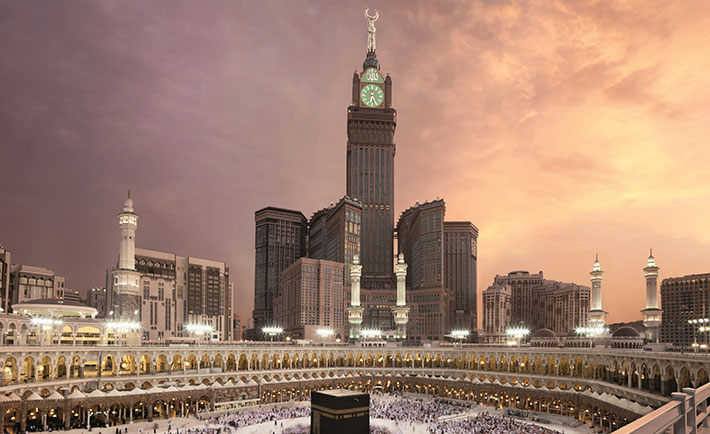
Small trinkets or ornate wedding jewelry –a guide to it all. Many visitors to Saudi Arabia, including those on a religious pilgrimage, inevitably end up buying gold in Saudi Arabia. After all, there isn’t sales tax or VAT that is charged in Saudi Arabia and on top of that locally designed and manufactured gold is […]
By Mohammed Mirza
Yes, there are many cities in Saudi Arabia where the mercury dips below zero. If you are the type who just can’t tolerate hot weather, then these are the coldest places in Saudi Arabia that you may want to resettle to (only in winter) as most of these experience blistering hot summers. Turaif | one […]
By Mohammed Mirza
While snowfall is a rare thing in Saudi when news of a snowstorm comes, these are the places that you should head to as it is normally in these places that one can get to see snow in saudi arabia. Some of these places even get multiple inches of snowfall. So if you’ve never seen […]
By Mohammed Mirza
Gaining Islamic knowledge is an onus upon every Muslim and learning it and teaching it to others is considered one of the best ways to attain success in this life and the next. The Prophet (peace be upon him) has said, “Seeking knowledge is obligatory on every Muslim.” In today’s Digital Age learning about Islam […]
By Mohammed Mirza
Plentiful times during tawaf and sa’ee, we have come across pilgrims holding small booklets in their hands, reciting dua after dua designated for each round. It may come as a surprise to many, but there are no specific duas associated with each round. Learn about best Umrah Dua to be read. Shaik ul Islam Ibn […]
By Mohammed Mirza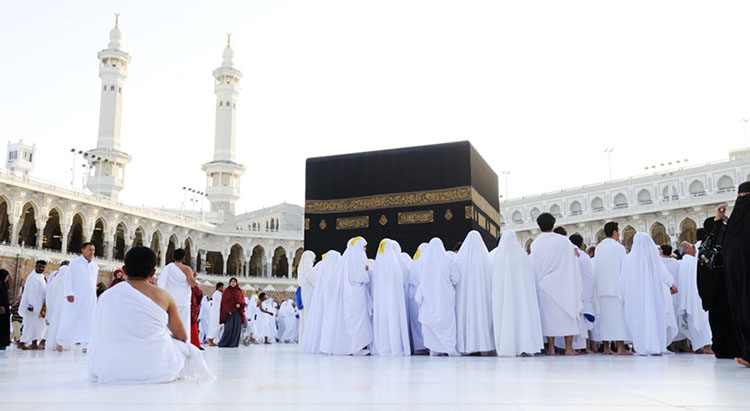
Among the many things that the Gulf Countries share is their love for food. And all have a good chunk of local restaurant chains that offer lip-smacking food that you’d want to fill your tummy and Instagram feed with. Unfortunately, many of these homegrown chains hardly operate outside their countries, so we in Saudi Arabia […]
By Mohammed Mirza
Sitting 45 kilometers from Riyadh in the Tawfiq Valley, the Dirab Country & Golf Course is widely considered to be the best in the country. We tell you why. 1. Just look at the landscape. Luxurious grass and bountiful palm trees – can it get any better than this? 2. It’s actually built in the […]
By Mohammed Mirza
The lands of freedom as they call the West, are probably not so free when it comes to religious freedom. Especially after seeing the one country after another banning the face veil (niqab). Just an FYI all countries on this list banned the niqab after 2011. So if you are one those women who wear […]
By Mohammed Mirza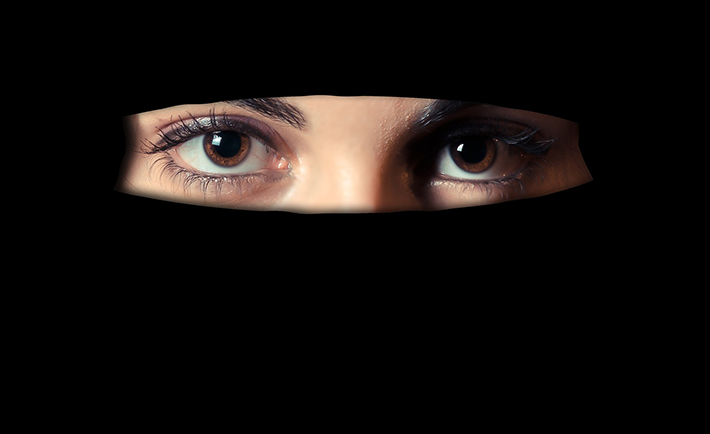
2017 hasn’t just been a defining year for Saudi, it has also been a year of world records for KSA. Here are the ones recognized by the Guinness! Longest Line Of Photographs Dubai was the holder of this record but just a month after they set the record, Saudi topped with an additional 70 cms. […]
By Mohammed Mirza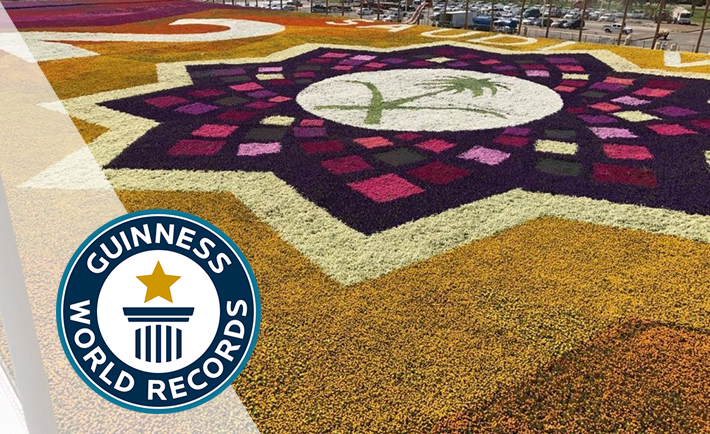
Knowledge Economic City (KEC) is one of the biggest projects that the holy city of Madinah has seen in decades. With some portions of the city to be complete by 2020, here’s what it will look like. (augustafreepress.com) The Project Was Announced Way Back In 2006. It now stands closer than ever to its completion, […]
By Mohammed Mirza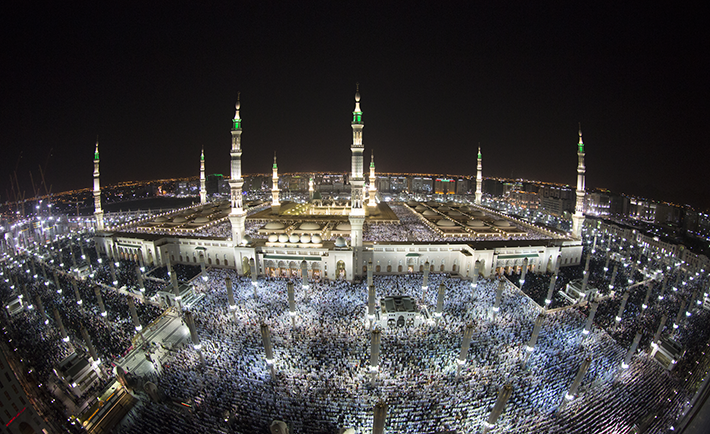
A journey through time. There’s so much to see in Saudi Arabia – for instance, after spending a night in Madinah and two hours of driving north out of the city, its famed date farms blurred in the distance to give way to the arid desert and eventually the town of Khaybar.Khaybar is like any […]
By Mohammed Mirza
King Abdulaziz Fort – one of Saudi Arabia’s youngest forts. Traveling around the country in the summer was a novel experience for us, as we normally limited our travels to the winter season. This time around, we had our holidays during peak summer, and we didn’t want to waste them sitting in front of the […]
By Mohammed Mirza
There are tons of Google products out there. Some of them like Google Maps, Google Glass, and other upcoming projects like internet-beaming balloons and smart contact lenses have managed to gain a lot of limelight. Most of the other products and services that Google offers, however, get overshadowed by its search engine. Here are some […]
By Mohammed Mirza
Saudi Arabia’s Vision 2030 has got the world’s eyes on it. The Vision has a lot of stated goals, one of the principal ones being the reduction of the country’s dependency on oil revenues. Massive infrastructure projects play a huge part in achieving these goals. We take a look at some of the most ambitious […]
By Mohammed Mirza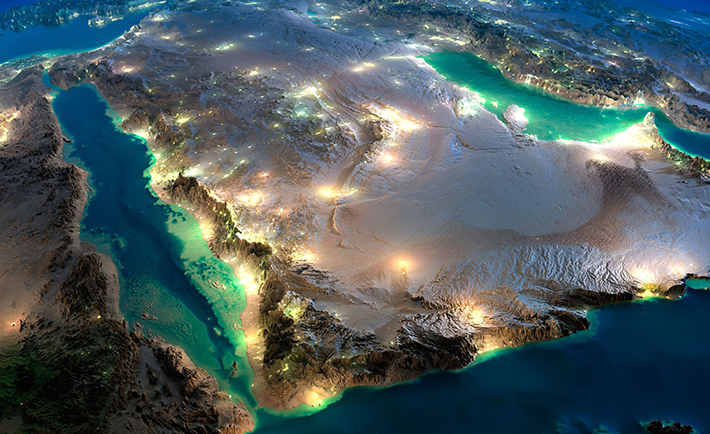
Photos of the futuristic-looking King Abdullah Petroleum Studies and Research Center (KAPSARC) have been circulated far and wide on every medium possible. But many still don’t know what it does or anything else about it for that matter apart from the way it looks. That’s where we come in and clear all doubts that surround […]
By Mohammed Mirza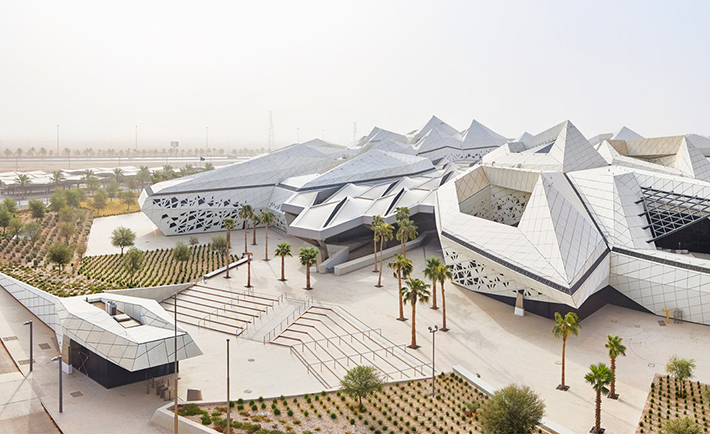
People across Saudi Arabia woke up yesterday to find their STC network has switched from their regular one that reads STC to a new one that reads ‘KSA UAE TOGETHER’. Twitter erupted with questions on why. Well, we have the answer for you. The UAE’s National Day is celebrated on the 2nd of December. To […]
By Mohammed Mirza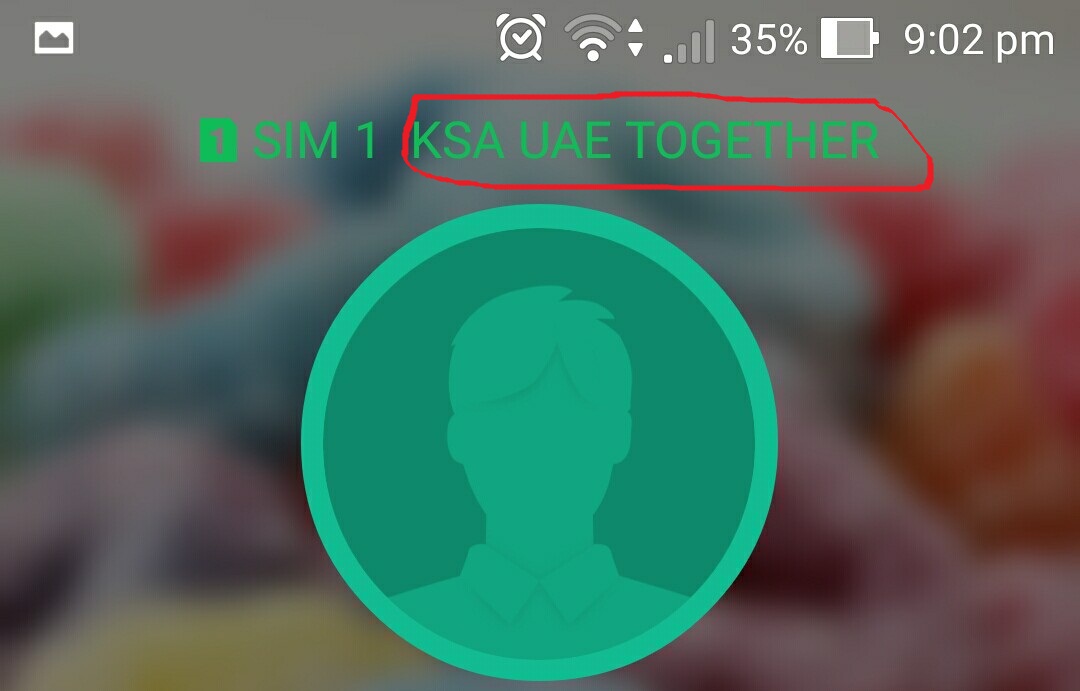
An off-road team called Riders, who are normally spotted driving their group of 30-40 Jeeps to the outskirts of the city towards the desert or going up the Hada road towards Taif, were spotted doing something completely different during the recent Jeddah rains. Their lifted Jeeps, all modified and equipped to pull out vehicles in […]
By Mohammed Mirza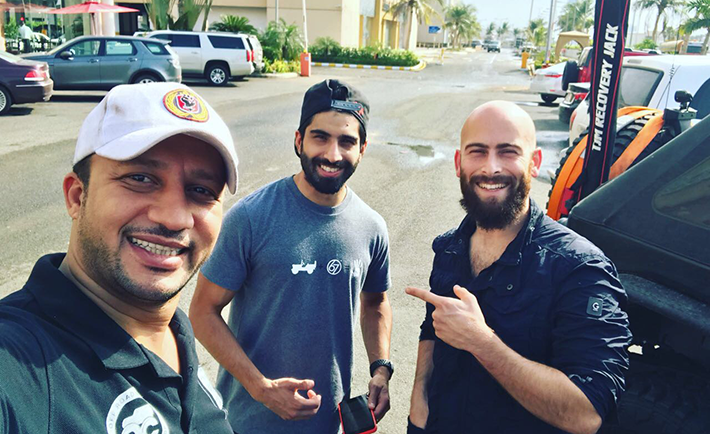
Part of the mega Red Sea tourism project. When news of the Red Sea tourism project came, it made headlines across the globe. After all, it is one of the most ambitious tourism projects in this part of the world. The plan is to turn a string of islands between Umluj and Al Wajh into […]
By Mohammed Mirza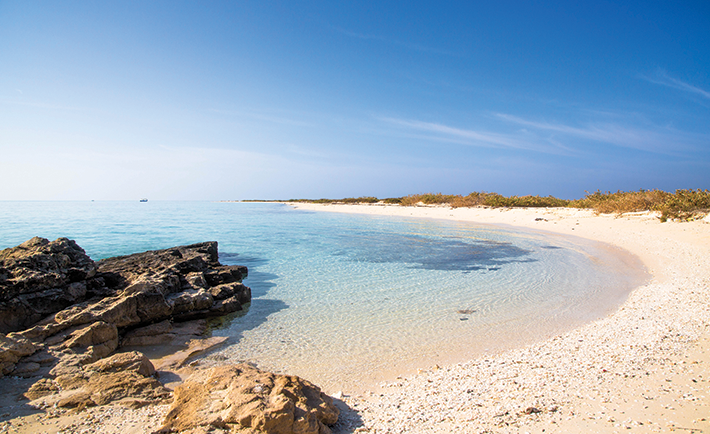
Multi-genre entertainment and comic convention Comic-Con Arabia is coming to Saudi Arabia for the first time. To be held in Riyadh from Nov. 23-25 at the Riyadh International Convention and Exhibition Center, the event’s guest stars have been, as always, quite the talk of the town. Two stars from the upcoming event will be from the popular […]
By Mohammed Mirza